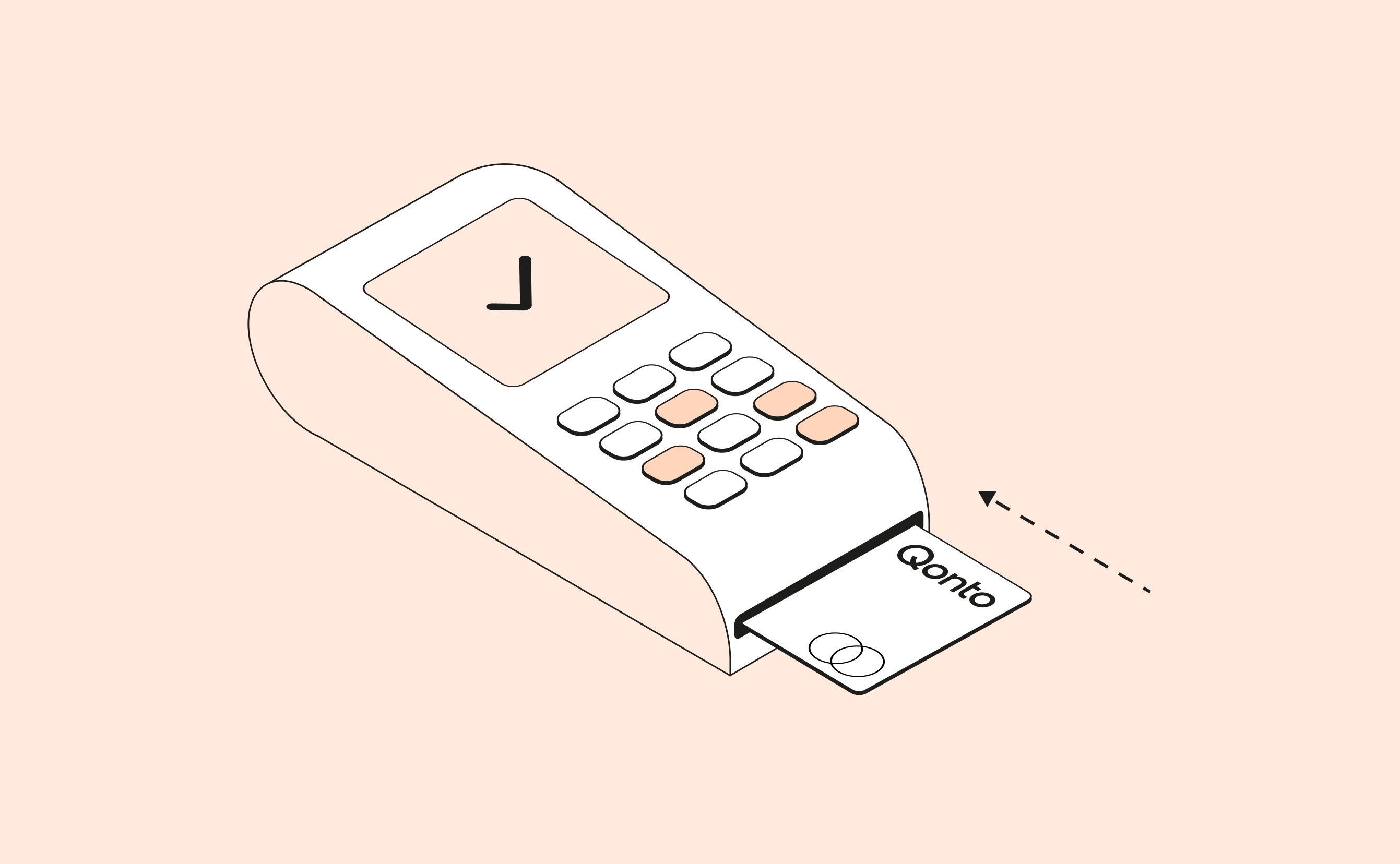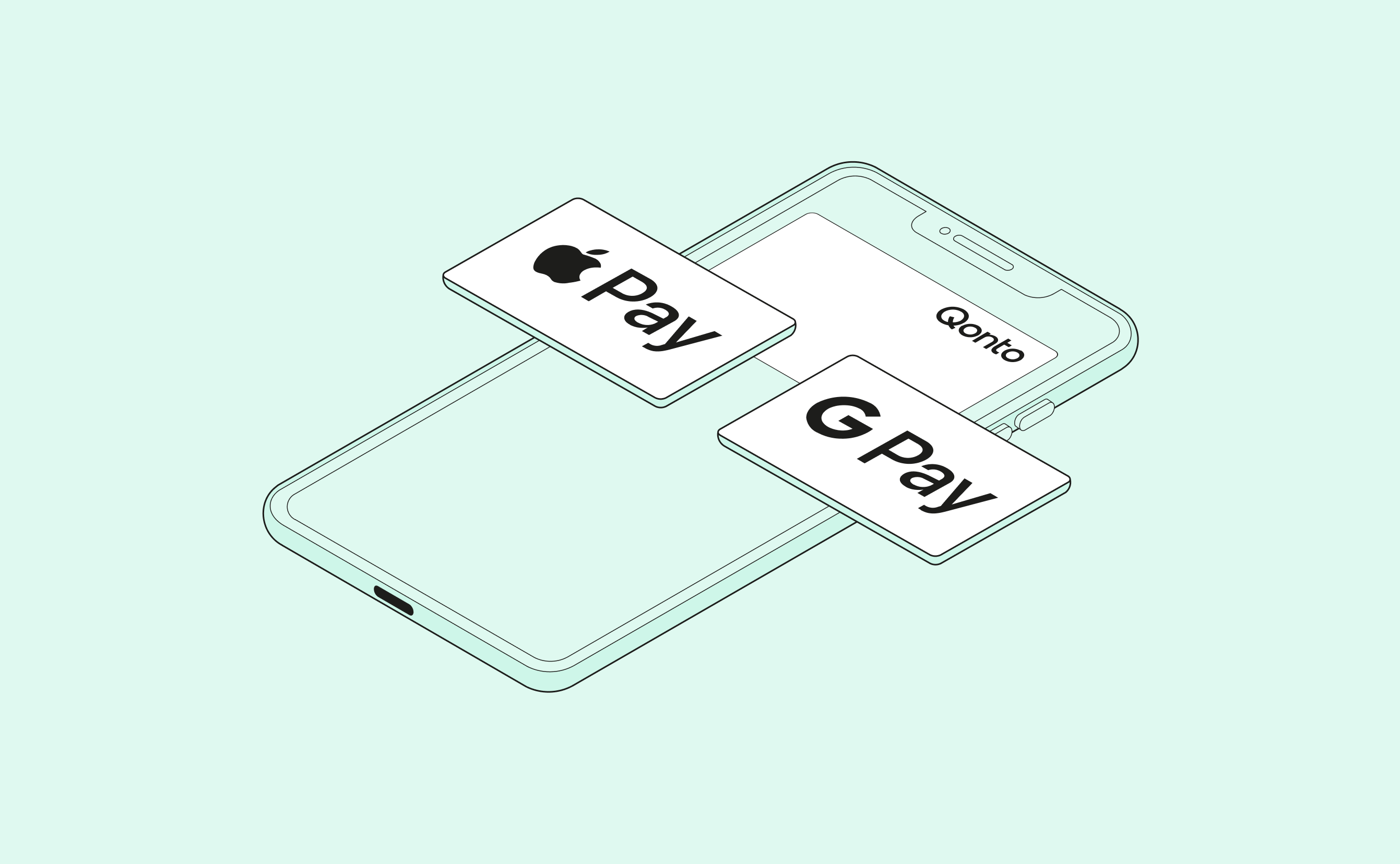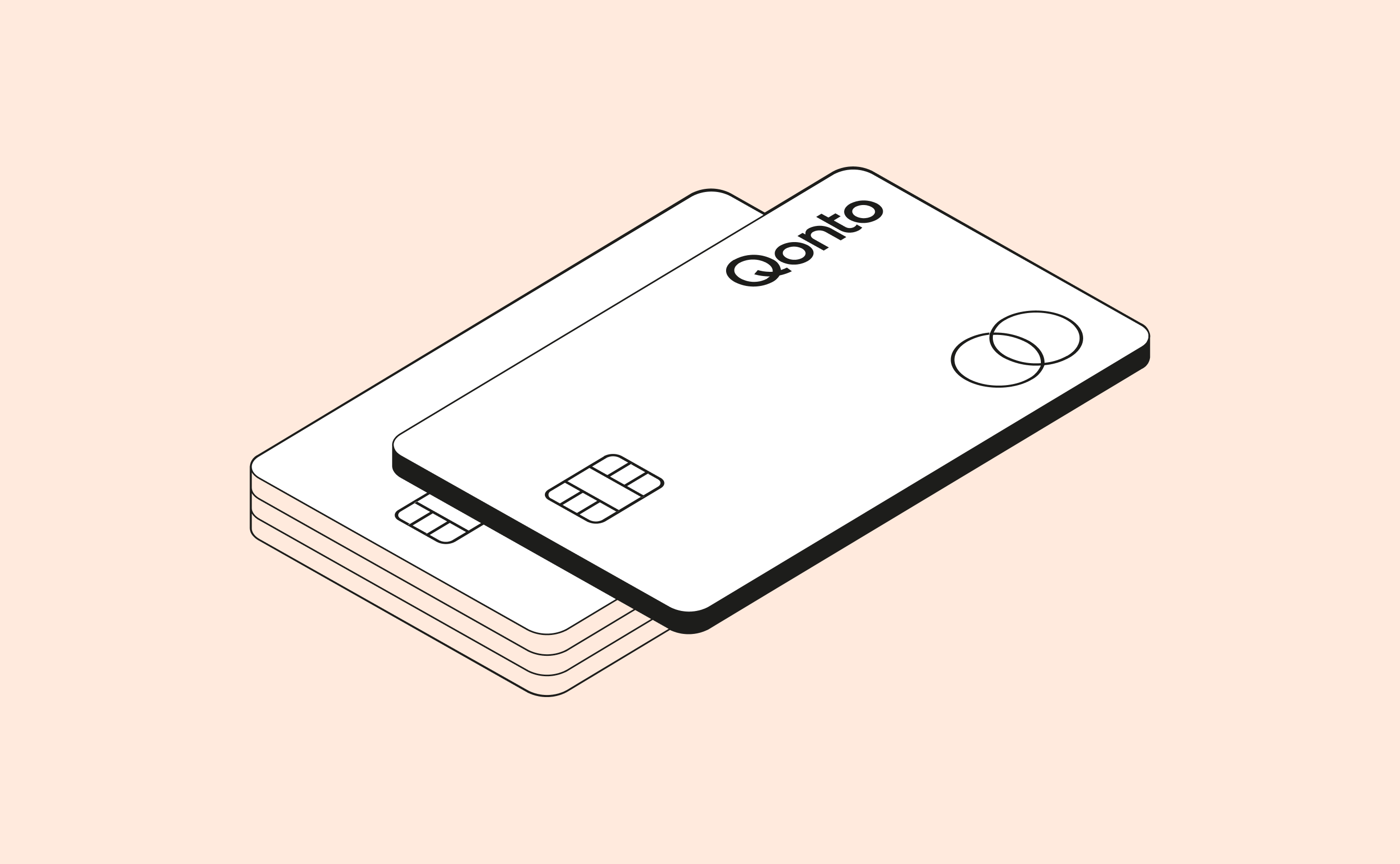Before you choose your terminal, it’s a wise idea to estimate the number of transactions you expect it to make, the average amounts that will be spent on it, the type of clientele and how frequently they make payments. That will give you some idea of the kind of equipment you’ll need for your specific business needs.
When it comes to processing that invisible money, there are, broadly speaking two categories of payment terminal:
- Traditional payment terminals of the kind offered by high street banks. These include fixed terminals and those connected by ADSL or Wifi. The mobile versions generally use a GSM network (GPRS or 3G)
- MPOS (Mobile Point of Sale) terminals that are supplied by fintechs, companies that combine financial services and the latest technological innovations. These card readers work through a connection with your mobile phone or tablet. MPOS machines also include terminals with more autonomy, so you can connect them either to your smartphone or any other cashier terminal.
If both traditional and MPOS solutions are available in mobile form, then what’s the difference?
The bad news for traditional banks is that MPOS terminals come with advantages in terms of cost and technology: an MPOS is generally far less expensive than a standard card reader. Also, MPOS providers don’t offer paying packages or rental and the commission taken for each transaction are fixed. As for the equipment itself, you can connect to an MPOS terminal with a smartphone and then manage all payments from there.
The above benefits make MPOS terminals popular among shopkeepers seeking to minimize their initial investment but also those business owners who have a good idea of their future volume of sales.
We’ll now take a closer inspection of MPOS terminals and break down their cost to buy, the transaction fees and the reasons that currently make them so sought-after by businesses.







